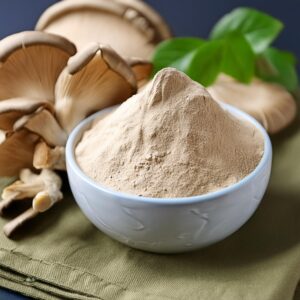Quaternary chitosan, such as N,N,N-trimethyl chitosan (TMC), is a water-soluble derivative of chitosan that plays a vital role in drug delivery, wound healing, and biomedical applications. One of its key properties that influences functionality is molecular weight.

Minimum Molecular Weight Achievable
Through controlled acidic hydrolysis, the molecular weight of quaternary chitosan can be reduced significantly — even as low as 2 kDa — without altering the degree of substitution or the structure of the polymer backbone.
Additionally, chitooligosaccharides derived from chitosan exhibit molecular weights typically below 3.9 kDa, offering unique biological advantages.
Why Low Molecular Weight Matters
Low molecular weight forms of quaternary chitosan retain potent antimicrobial, antiviral, and antioxidant properties. These features depend heavily on:
The degree of substitution
Molecular configuration
Chain length and molecular distribution
Such properties are especially useful in:
Mucoadhesive drug delivery systems
Tissue engineering scaffolds
Cosmetics and dermal applications
Agriculture and food preservation
Optimizing Performance by Controlling Molecular Weight
Reducing molecular weight enhances:
Solubility
Bioavailability
Permeability across biological membranes
These characteristics make low molecular weight quaternary chitosan an ideal candidate for next-gen biomedical and pharmaceutical innovations.
Related Resource
Looking to understand the science behind quaternary chitosan’s molecular structure and formulation options?
Explore our Quaternary Chitosan page
